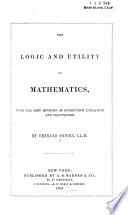 | Charles Davies - Logic - 1850 - 398 pages
...prove that the square Example, described on the hypothenuse of a right-angled triangle is equivalent to the sum of the squares described on the other two sides, we demonstrate the fact for all right-angled triangles. But in analysis, all numbers, all lines, all... | |
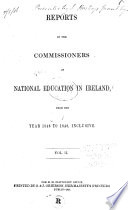 | 1851 - 382 pages
...have an angle equal to a given angle, . •I. If the square described upon one of the sides _ 1C 3 of a triangle be equal to the sum of the squares described on the other two sides, the angle contained by those two sides is a right angle, . . 3. If a straight line be divided into... | |
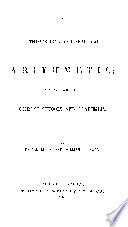 | Daniel Leach - Arithmetic - 1851 - 280 pages
...called the hypothenuse, and A Eas6' the other two sides the base and perpendicular. longest side , is equal to the sum of the squares described on the other two sides. Thus, suppose the longest side is 10 ft.., the base 6 ft., and the perpendicular 8 ft. 102:z=:100.... | |
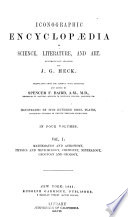 | 1851 - 716 pages
...this proposition is known as the Pythagorean : the square described upon the hypothenuse is equivalent to the sum of the squares described on the other two sides. As the unit of measure for the determination of the superficial relations of figures, we use a square... | |
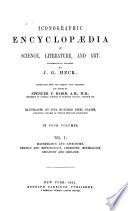 | Johann Georg Heck - Encyclopedias and dictionaries - 1851 - 712 pages
...this proposition is known as the Pythagorean : the square described upon the hypothenuse is equivalent to the sum of the squares described on the other two sides. As the unit of measure for the determination of the superficial relations of figures, we use a square... | |
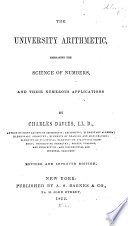 | Charles Davies - Arithmetic - 1852 - 438 pages
...worthy of particular notice. In every right angled triangle, the square described on the hypothenuse, is equal to the sum of the squares described on the other two sides. Thus, if ABC be a right angled tria,ngle, right angled at C, then will the square D described on AB... | |
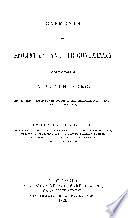 | Adrien Marie Legendre - Geometry - 1852 - 436 pages
...right-angled triangle, right-angled at A : then will the square described on the hypothenuse BC be equivalent to the sum of the squares described on the other two sides, BA, AC. FGI H D Haying described a square on each of the three sides, let fall from A, on the hypothenuse,... | |
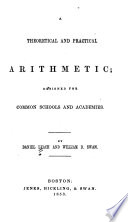 | Daniel Leach - Arithmetic - 1853 - 622 pages
...sides the base and perpendicular. 293. The square described on the hypothenuse, or longest side, is equal to the sum of the squares described on the other two sides. Thus, suppose the longest side is 10 ft., the base 6 ft., and the perpendicular 8 ft. 10a=100. 6a=36.... | |
 | Charles Davies - Geometry - 1854 - 436 pages
...triangle, right•angled at A : then will the square described on the hypothenuse BC be equivalent to the sum of the squares described on the other two sides, BA, AC. 1 GEOMETRY. Having described a square on each of the three sides, let fall from A, on the hy•... | |
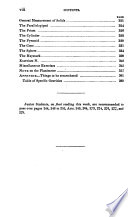 | Thomas Lund - Geometry - 1854 - 520 pages
...converse of this proposition is also true, viz. that ' if the square described upon one of the sides of a triangle be equal to the sum of the squares described upon the other two sides of it, the angle between these two sides is a right angle.' Let ABC be a triangle,... | |
| |